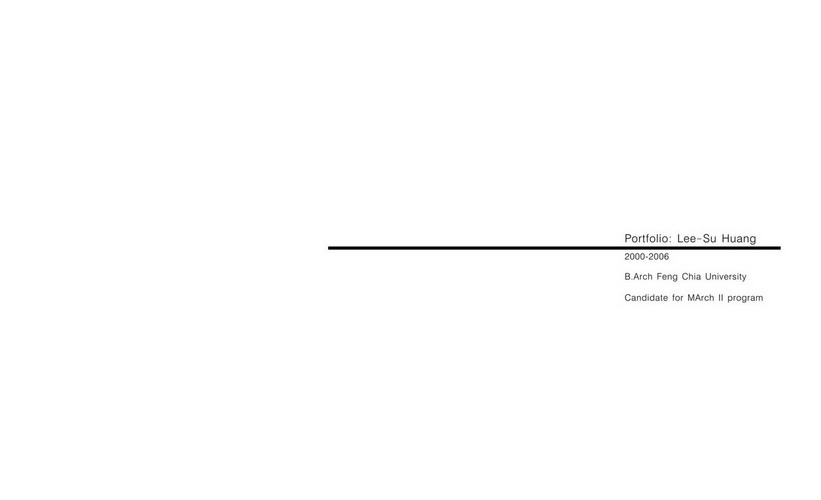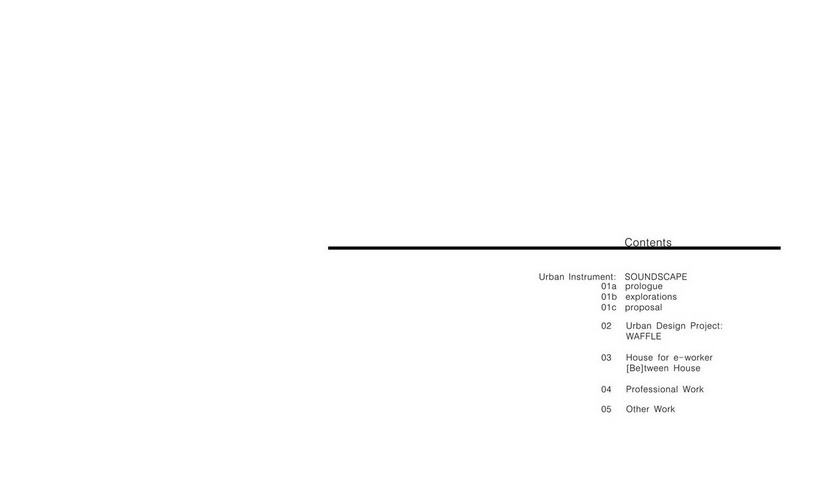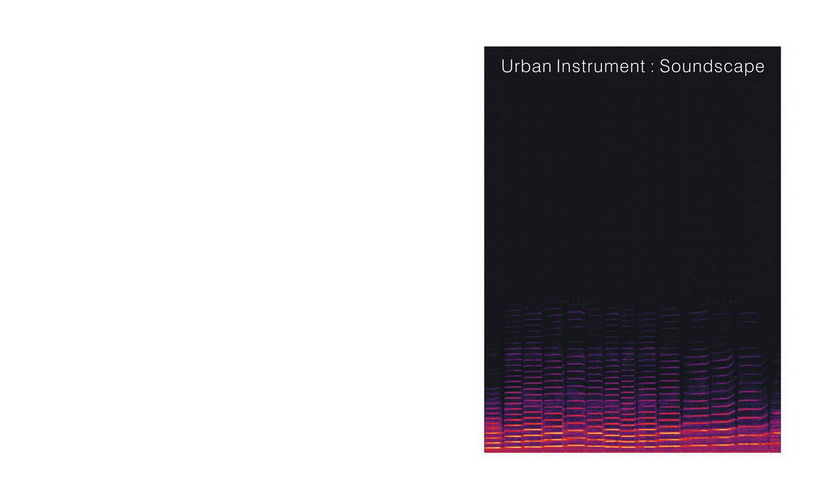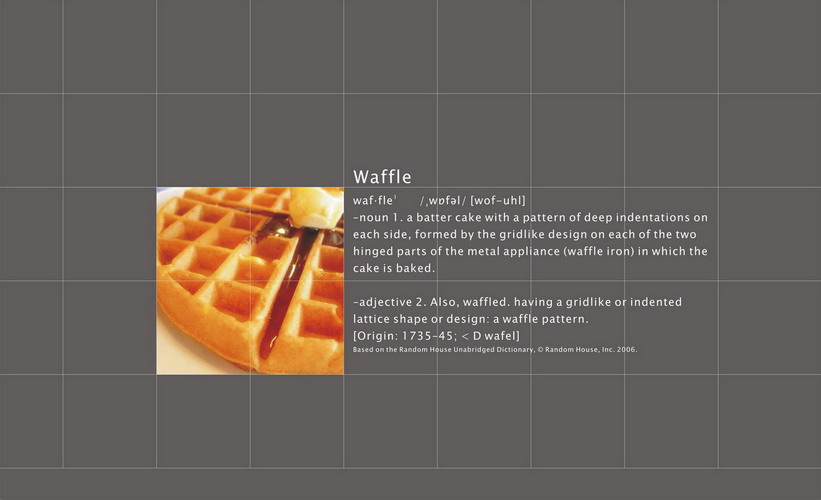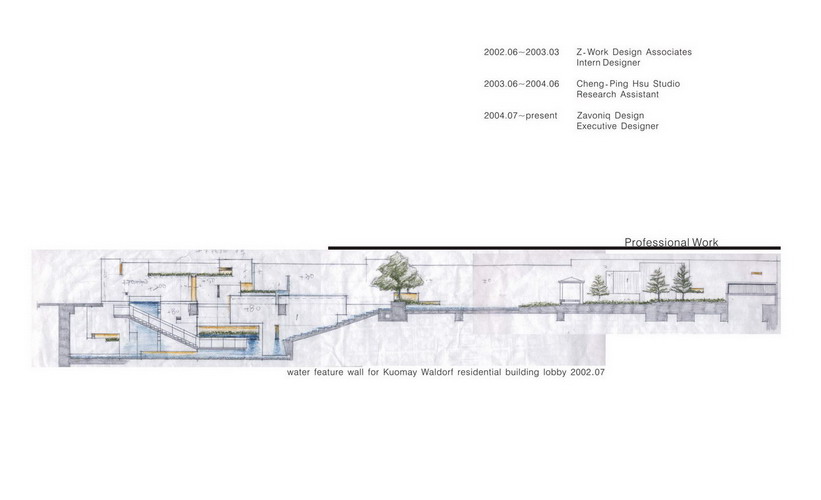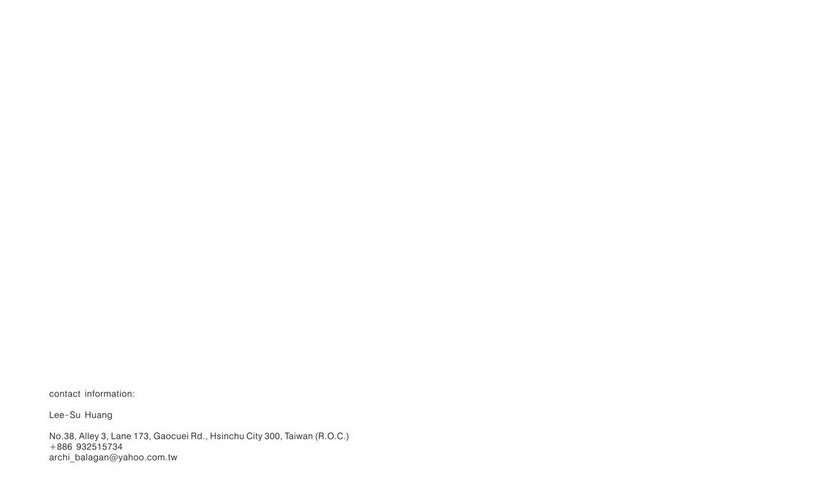my_ways 寫:
不知道你的SOP怎嚜寫
可以也PO上來分享嗎?
其實SOP來講 我覺得重點有:
1.點出自己的特性(能力,背景,個性) 尤其是你跟數百個其他申請人不同的獨到之處
2.學校吸引你的地方
3.你自認為能為學校的討論帶來什麼貢獻
4.工作(或求學)期間所獲得的成長,經歷
5.表現出自己對未來的企圖心
每間學校要求的內容會有所不同 建議研究一下 針對這些要求去寫
我基本上內容是大同小異 但是會針對學校去些改一些段落
你喜歡那個學校哪些課程或方向 自己想往哪些方向發展及研究
甚至更深入敘述學校哪些課程或資源是有助於自己往這些方面發展
比方說Harvard MArch II 跟 MaUD的SOP內容比起來
MaUD的我就有比較著重於都市方面的議題跟興趣去描寫
甚至按照學校的要求去安排回答問題的前後順序 比方說AA DRL
分段,標題都照他們申請書的要求 但是內容也是類似
所以最簡單的方式就是在看完所有要申請的學校要求之後
針對裡頭的問題先寫一個攏統(general)的SOP 一個主題一個段落 這樣在調整時會比較容易
再依各校要求去調整前後順序,刪減
在這裡我就提供Harvard GSD跟AA DRL的SOP給大家參考,希望對於往後的申請者會有所助益...
最後提醒一點 最近幾年這些學校會把SOP用軟體scan過
那種網路上copy的啦 甚至找代辦寫的那種有版型的SOP都會被抓出來
所以強烈建議大家不要偷懶 好好自己寫 自認為英文不夠好的 請找專業翻譯
Harvard MArch II SOP
<hr>
Statement of Purpose
To me, Architecture has always been a synthesis of possibilities, where all factors combine and merge to form an entity of breathtaking complexity. We spend over 80% of our lives in man-made environments, thus it only makes common sense that we take great care when creating it. I wish to be part of that force which creates our every-day environment, not only through professional practice but also in educating the next generation of designers, which is why I would like to pursue a degree at Harvard GSD.
I was born in Taiwan and moved to the United States as a baby, spending much of my childhood moving between various cities (as can be seen from my CV) due to my father’s work and pursuit of a PhD degree. Returning to Taiwan for middle and high school education, I entered the Industrial Engineering Department of Feng Chia University, and later transferred to the Department of Architecture due to my interest in space making.
During my education, I was fortunate enough to have studio professors from Tokyo University, Pratt, University of Michigan, Architectural Association, and Harvard, leading to a diverse range of learning experiences and methodology. Design workshops with USC, UCL Bartlett, Hong Kong University, and Tongji University of Shanghai have also increased my exposure to educational methods from abroad. I have also traditionally excelled in most of my design studios, and my graduation design was awarded for outstanding academic achievement.
I am strongly interested in the process of architectural design, the factors and the methodology one explores and develops to arrive at a certain proposal. As can be seen from my portfolio, I try to explore different avenues of research and methodology with each project, and alternate methods of data representation models that can be used to inform design decisions. Additionally, I am interested in how emergent technologies will impact and redefine people’s lifestyles, and by extension the architecture we use and live in. Personally, I always search for different, unique, and exciting solutions to the design problems presented to me during my education and practical experience.
After transferring to the architectural department, I found part-time work interning at Archi-Man Associates, also working through the summers to gain knowledge and experience of the profession. My first real job was as full-time intern working for my thesis design advisor at Z-Work Design Associates, where I acquired all the basic skills to survive in the professional environment. As a high-profile design firm frequently featured in major Taiwanese publications, I had the opportunity to participate in several unique projects such as an installation exhibition at the Museum of Modern Art Taipei, developing and executing under high-pressure situations and extreme time constraints.
However, my later employment as a research assistant to Cheng-Ping Hsu, a MaUD graduate of Harvard, would confirm my desire to seek a post-graduate education at Harvard. I worked on several government-funded urban-scale planning projects in which I learned much about how factors such as culture, industry, and transportation affect and shape the built environment. I admired the way in which Cheng-Ping could identify the core issues of a design and lay down guidelines for me to develop and work with; I learned a great deal during my time working with him.
In 2004, a senior graduate of the Feng-Chia Architectural Department approached me about setting up a joint design studio in Taipei. Jumping at the opportunity to strike out on our own, I instantly agreed. Although initially small with only 4 employees, through this venture I gained a complete perspective of the profession, from client relations through to design, costing, contractors, and job site coordination/supervision. The majority of private-sector projects in Taiwan are design+build contracts; therefore I accumulated a substantial amount of practical knowledge about the building industries due to daily job-site visits and contractor negotiations. I have also had to solve and develop workarounds to various problems with building codes, equipment, and fabrication techniques; I believe this broad range of practical experience will contribute to my learning of architecture in general and give me a wider range of abilities.
I have an active interest and participation in the design community, working as translator for Dialogue Magazine, a prominent architectural publication in Taiwan. This enables me to keep in touch with current trends in design, while at the same time contributing to the community. Also notable is my involvement with forgemind.net, the largest architectural design/theory discussion and news website in Taiwan. As part of the site administration staff, I have participated in the planning and setup of numerous architectural events and conferences, with the aim of forwarding architectural discourse here in Taiwan. These activities have showed me the energy that can be produced when creative individuals are gathered, and how much we can benefit when learning from each other.
I have traveled extensively in Europe and Japan, and attended the 2000 World Expo in Hannover and the 2005 World Expo in Aichi. These travels have lent me perspective on the architectural differences of these countries: how different cultural tendencies can lend to different design philosophies, and affect the overall tone of a country’s architecture and its urban environments. It is also through these travels that I have experienced in person the power of architecture that can move a person’s heart, a goal I aspire to achieve in the future.
My frequent travels and moving around since childhood has fostered an independent, can-do attitude and an ability to be highly adaptive to various situations. Through the process of adaptation I am strengthening my resourcefulness as a designer and accumulating experiences to serve as future inspiration. I also believe that I perform to the limits of my capabilities when in a competitive environment, which is why I wish for the opportunity to compete with the best at Harvard GSD. With these strengths and the culturally diverse background I provide, I sincerely hope the admissions committee finds me suitable for this program.
AA DRL
<hr>
[這段是報名表上的標題]
This statement of not more than 1,000 words will be of major importance in the consideration of your application.
Continue on further pages if required.
i) Why a postgraduate education at the AA and what do you hope to gain from it?
ii) What are your present interests and directions?
iii) Comment upon the work you have accomplished since graduation?
iv) Comment on the Graduate School programmes offered, in particular the programme for which you are applying.
i)
To me, Architecture has always been a synthesis of possibilities, where all factors combine and merge to form an entity of breathtaking complexity. We spend over 80% of our lives in man-made environments, thus it only makes common sense that we take great care when creating it, which is why I would like to pursue a degree at the AA, more specifically the DRL program. During my education I have had the fortune to conduct one year of design studies under the guidance of AA Diploma graduate Tseng Wei, and having learned much in that time span I wish to further my studies at the same institution. Additionally, I hope to participate in projects possessing the scope and depth such as found in the book [negotiate my boundary].
ii)
I am very interested in the process of architectural and urban design, the factors and the methodology one explores and develops to arrive at a certain proposal. As can be seen from my portfolio, I try to explore different avenues of research and methodology with each project, and alternate methods of data representation models that can be used to inform design decisions. I like to approach a project from its broader social, economical, and technological contexts. Additionally, I am interested in how new technologies will impact and redefine people's lifestyles, and by extension the architecture we use and live in. I would like to investigate how these technologies have the potential to transform the urban landscape. I strongly believe that the structure of the DRL program will facilitate and support my research into these interests.
iii)
My first real job was as full-time intern working for my thesis design advisor at Z-Work Design Associates, where I acquired all the basic skills to survive in the professional environment. As a high-profile design firm frequently featured in major Taiwanese publications, I had the opportunity to participate in several unique projects such as an installation exhibition at the Museum of Modern Art Taipei, developing and executing under high-pressure situations and extreme time constraints.
However, my later employment as a research assistant to Cheng-Ping Hsu, a MaUD graduate of Harvard, would confirm my desire to seek a post-graduate education focusing on urban research. I worked on several government-funded urban-scale planning projects in which I learned much about how factors such as culture, industry, and transportation affect and shape the built environment, including a development masterplan for a traditional community in Kinmen, and a BOT commercial building/transportation node for MRT, light rail, and highway bus systems in Kaohsiung.
In 2004, a senior graduate of the Feng-Chia Architectural Department approached me about setting up a joint design studio in Taipei. Jumping at the opportunity to strike out on our own, I instantly agreed. Although initially small with only 4 employees, through this venture I gained a complete perspective of the profession, from client relations through to design, costing, contractors, and job site coordination/supervision. The majority of private-sector projects in Taiwan are design+build contracts; therefore I accumulated a substantial amount of practical knowledge about the building industries due to daily job-site visits and contractor negotiations. I have also had to solve and develop workarounds to various problems with building codes, equipment, and fabrication techniques; I believe this broad range of practical experience will contribute to my learning of architecture in general and give me a wider range of abilities.
iv)
The AA DRL program has many experiences to offer that interest me immensely. First of all, I am interested in the collective teamwork aspect of the coursework. I believe the future of design lies in collaboration between people of wildly varying background, the energy created through negotiation of clashing perspectives. Second of all, I am also interested in the utilization of data-models to inform design innovation. The DRL is known for its research into such information diagrams, and the process of transferring such data into a workable proposal.
Additionally, the program explores new concepts on adaptive urbanism and parametric design, also a great interest of mine as can be seen from my portfolio work. The diverse student body and numerous programs with differing focus (EmTech, H&ToA, H&U, L&U, etc…) all provide opportunities to learn from the environment and other participants’ work.
Additional Information:
I was born in Taiwan and moved to the United States as a baby, spending much of my childhood moving between various cities (as can be seen from my CV) due to my father’s work and pursue of a PhD degree. Returning to Taiwan for middle and high school education, I entered the Industrial Engineering Department of Feng Chia University, and later transferred to the Department of Architecture due to my interest in space making.
I have an active interest and participation in the design community, working as translator for Dialogue Magazine, a prominent architectural publication in Taiwan. This enables me to keep in touch with current trends in design, while at the same time contributing to the community. Also notable is my involvement with forgemind.net, the largest architectural design/theory discussion and news website in Taiwan. As part of the site administration staff, I have participated in the planning and setup of numerous architectural events and conferences, with the aim of forwarding architectural discourse here in Taiwan. These activities have showed me the energy that can be produced when creative individuals are gathered, and how much we can benefit when learning from each other.
My frequent travels and moving around since childhood has fostered an independent, can-do attitude and an ability to be highly adaptive to various situations. Through the process of adaptation I am strengthening my resourcefulness as a designer and accumulating experiences to serve as future inspiration. I also believe that I perform to the limits of my capabilities when in a competitive environment, which is why I wish for the opportunity to compete with the best at the AA. With these strengths and the culturally diverse background I provide, I sincerely hope the admissions committee finds me suitable for this program.
